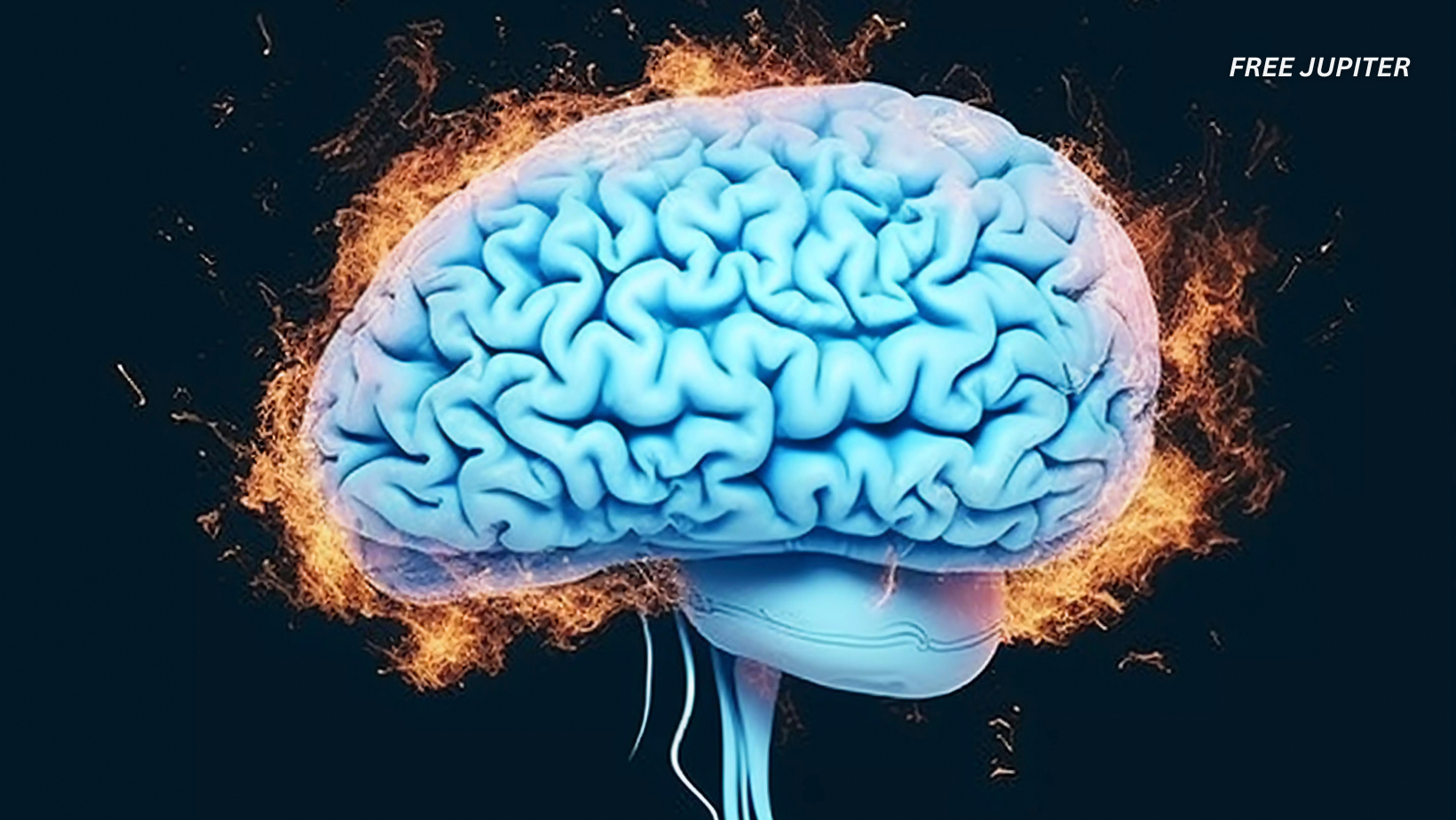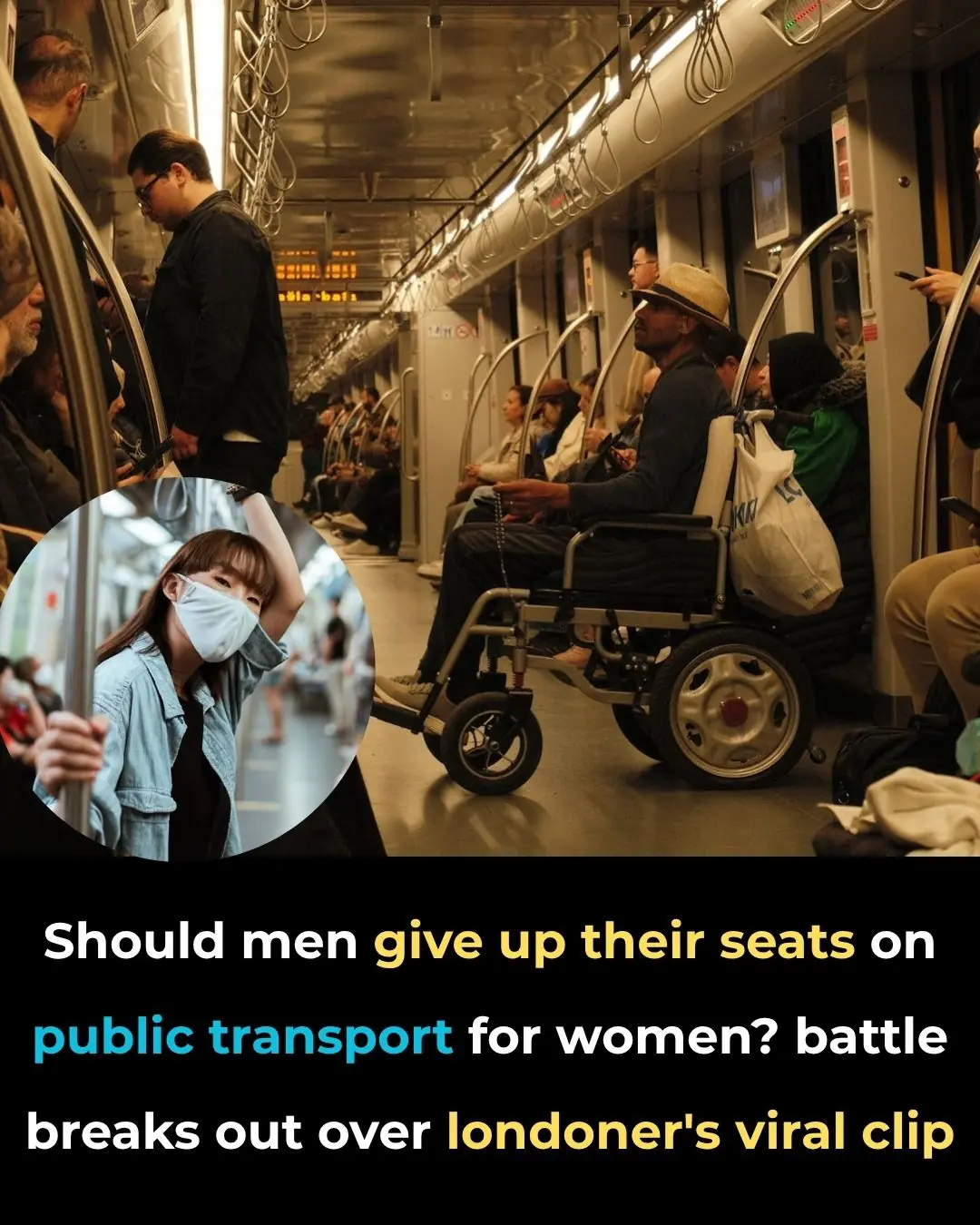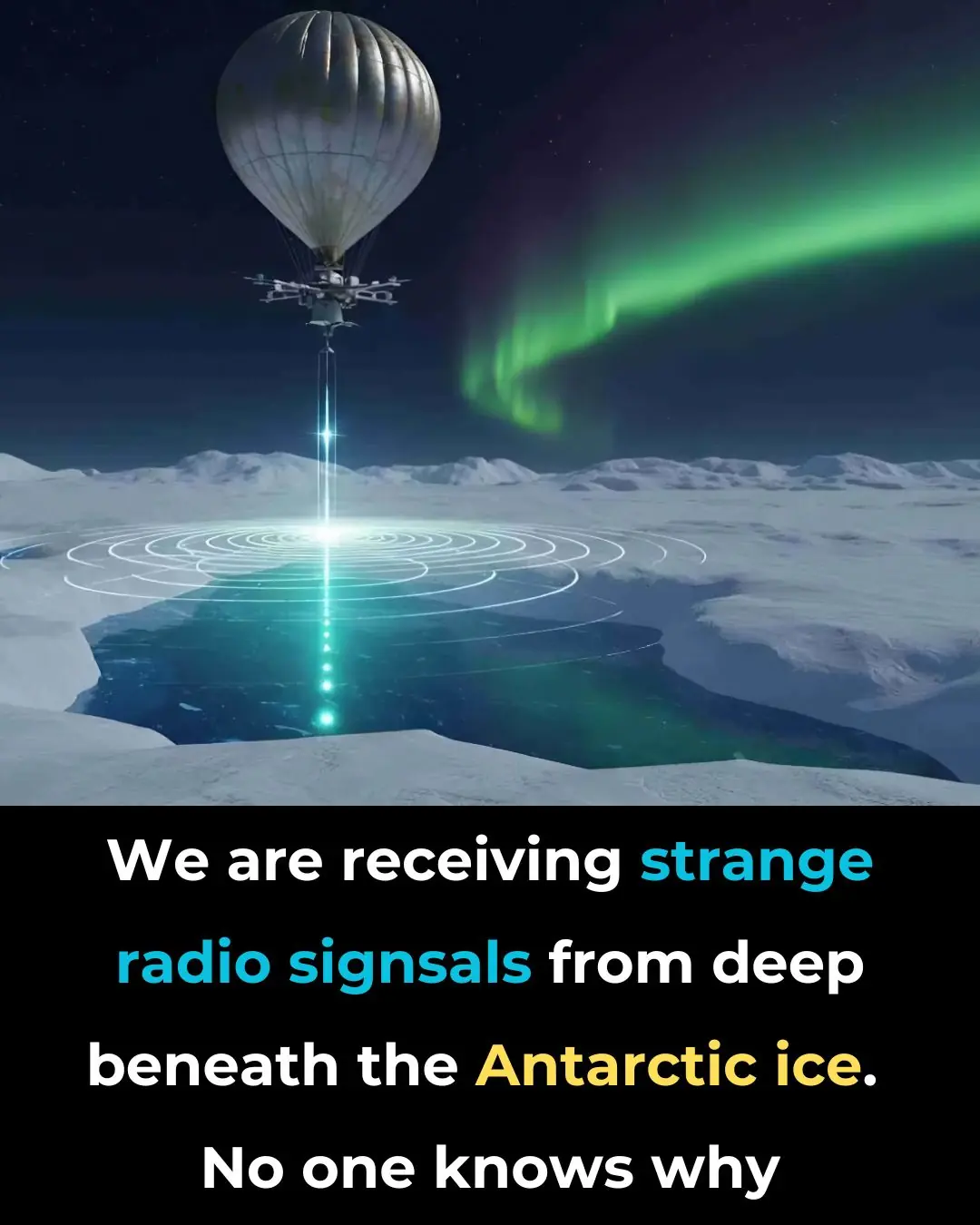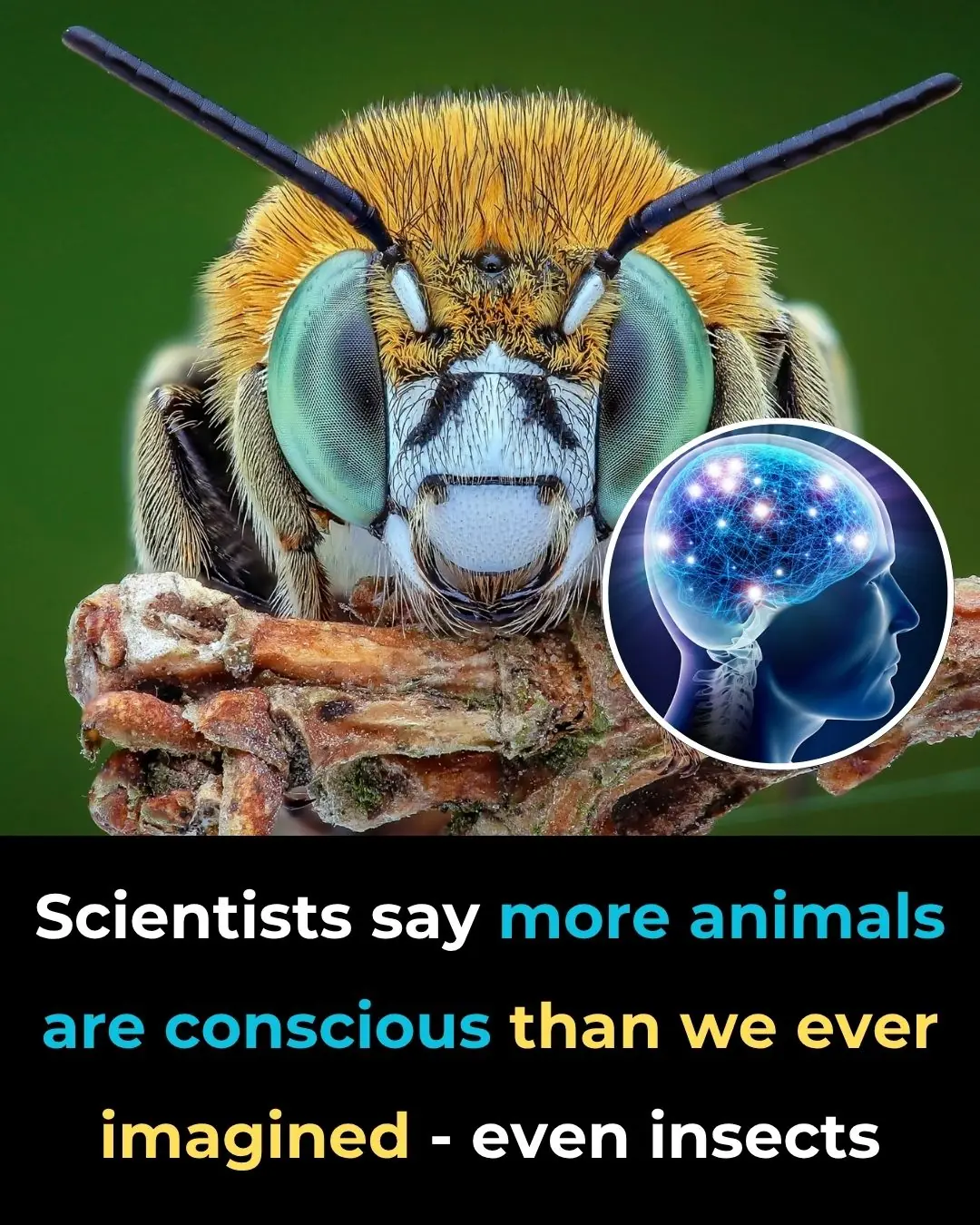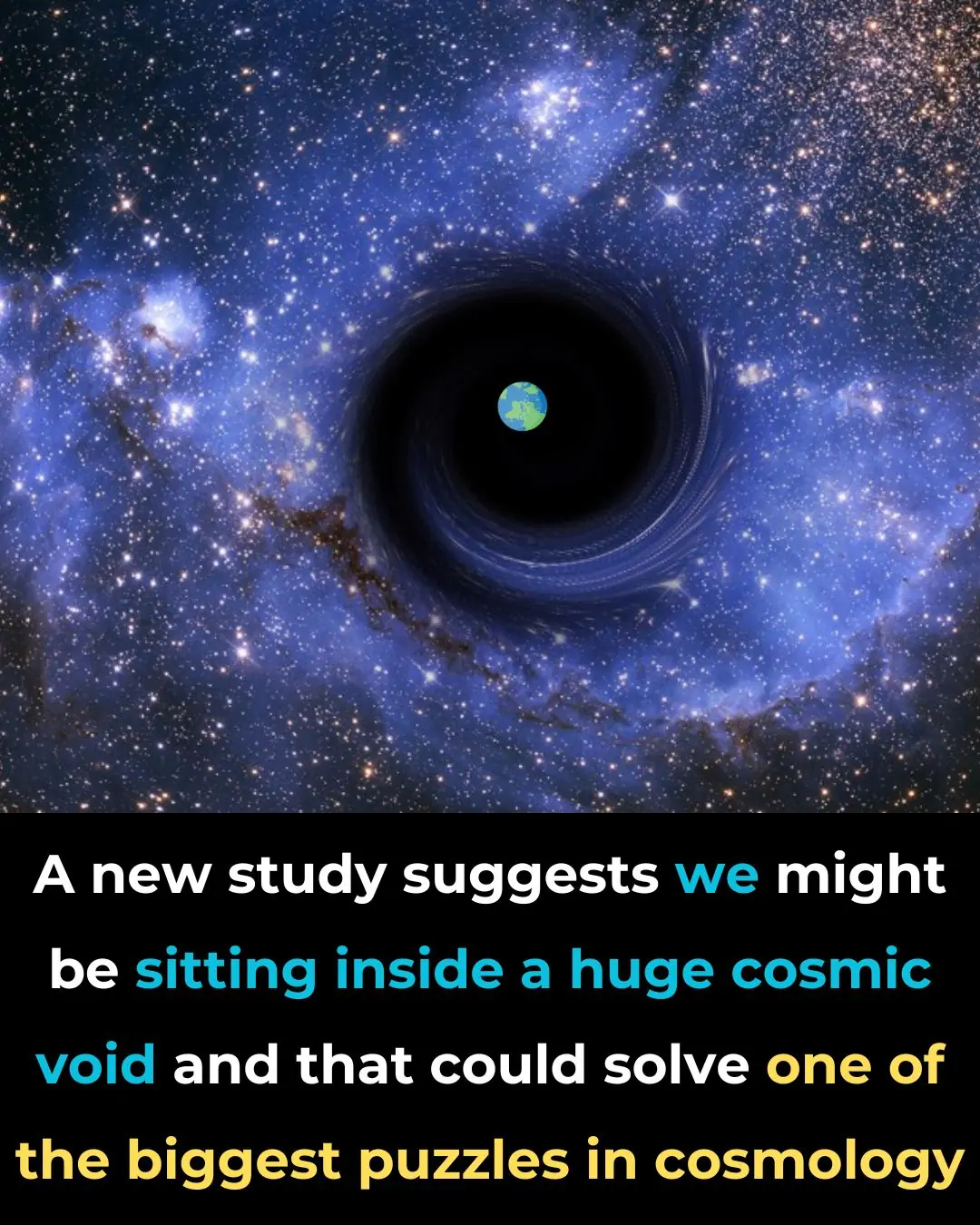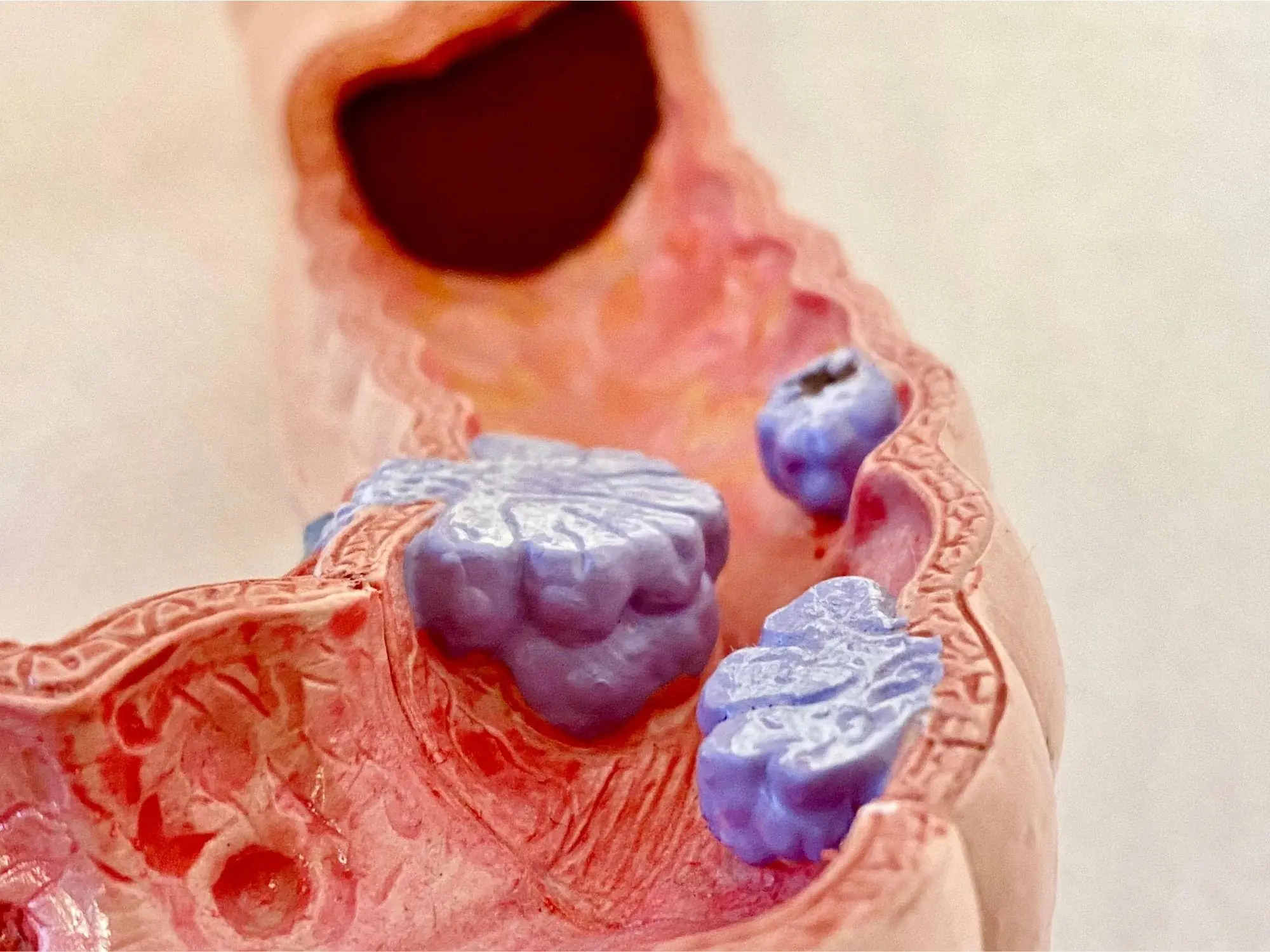Have you ever walked away from a conversation thinking, “Something felt off,” but couldn’t quite put your finger on it? Or maybe you sensed someone was sad—even though they insisted they were “fine”? Well, as it turns out, your brain might be doing some behind-the-scenes emotional sleuthing that even you aren’t aware of.
A new brain-imaging study has revealed something fascinating: even when we misread someone’s emotional state, our brain often still picks up on the actual emotions the other person is trying to express. That’s right—our minds are like emotional sponges, soaking in subtle cues whether or not we consciously interpret them correctly.
This isn’t just a feel-good idea. It’s backed by science—and it’s offering new insights into how empathy, social connection, and emotional intelligence really work.
You’re Not Just Guessing—Your Brain Is Tracking Emotional Reality
When we try to understand what someone else is feeling, we usually rely on a combination of facial expressions, tone of voice, posture, and gut instinct. In casual conversation, we make hundreds of micro-judgments about others’ emotional states without even realizing it.
But what if our brain is registering something more accurate than our conscious guesses?
That’s what researchers set out to test using fMRI (functional magnetic resonance imaging)—a tool that maps brain activity by detecting changes in blood flow. In a study involving 100 people, participants were asked to watch video clips of individuals describing emotionally charged moments from their lives—everything from heartbreak to joy to moments of vulnerability. While the participants watched, they continuously rated how intense they thought the speaker’s emotions were.
Here’s where it gets interesting: the people in the videos had already rated their own emotional intensity during the recording. This gave the scientists a kind of emotional “truth” to compare against the viewers’ interpretations.
And what they found was surprising—even when people misjudged the emotional intensity of the speaker, their brains were still reflecting signals that matched the speaker’s true emotional intent.
Read more: Signs of Autism May Be Encoded in The Way We Walk
Two Stories Unfolding in the Brain at Once
The researchers discovered that the brain was telling two stories during these emotional interactions:
- The Intent Story – This neural pattern lined up with how the speaker said they actually felt. Think of this as the “broadcast” the speaker was trying to send.
- The Inference Story – This pattern matched the observer’s subjective impression of how the speaker felt—how they interpreted the broadcast.
Here’s the twist: both stories were running simultaneously in the brain, in different areas. And even when the observer guessed wrong—maybe thinking the speaker was more upset or less emotional than they actually were—the “intent” signal still showed up in their brain scan.
It’s as if your brain has a sixth sense: one channel tuned into what someone is actually feeling, and another processing what you think they’re feeling. They don’t always match, but they’re both there.
When the Brain’s Stories Align, Empathy Increases
Now, let’s say those two brain stories start syncing up—when your subjective guess about someone’s emotions actually matches their real, inner experience. That’s when magic happens.
The study showed that when the “intent” and “inference” brain patterns were closely aligned, people were far more accurate in their emotional assessments. This is what researchers refer to as empathic accuracy—the ability to correctly understand and resonate with someone else’s feelings.
When those patterns don’t match up, our interpretations go sideways. That’s when we get empathy wrong—reading someone as angry when they’re hurt, or thinking they’re indifferent when they’re just overwhelmed.
It’s a neurological dance between what is and what we think is—and the closer those steps are in rhythm, the better we connect.
The Brain Regions Involved: Emotion, Self, and Simulation
So where in the brain are these emotional blueprints hiding?
- The “intent” signals—the parts that reflect the speaker’s actual emotional state—were found in regions like the precuneus, angular gyrus, and anterior insula. These areas are associated with thinking about ourselves and others, daydreaming, self-reflection, and social awareness.
- The “inference” signals—your personal interpretation—showed up in areas tied to mental simulation and bodily awareness. These parts help us “put ourselves in someone else’s shoes” by imagining what we would feel in their situation, using our past experiences, emotions, and even physical sensations.
In a way, when we try to empathize, part of our brain acts like a mirror, re-creating the other person’s emotions using our own emotional toolbox.
Read more: Habits of People Who Don’t Need Any Friends—But Always Get Misjudged
Why Do We Still Get It Wrong?
With all this brainpower behind empathy, you might wonder—why do we sometimes completely misread someone?
The answer lies in what researchers call disconnection between implicit and explicit processes.
- The implicit process is automatic and unconscious. Your brain registers subtle clues, tone, facial shifts, and microexpressions—without you thinking about it.
- The explicit process is conscious and deliberate. You think, “They sound annoyed” or “She’s probably upset because of earlier.”
Sometimes, the automatic signals get overridden by our conscious biases or assumptions. Maybe we assume someone’s happy because they’re smiling—even if their voice betrays stress. Or perhaps our own emotional baggage filters how we perceive someone else’s feelings.
The study suggests that our implicit emotional radar is often more accurate—but we don’t always trust it, or we don’t even realize it’s there.
How This Relates to Mental Health and Social Struggles
This research does more than just confirm that humans are emotional detectives—it has powerful implications for mental health.
People with conditions like autism spectrum disorder, schizophrenia, and social anxiety often struggle with interpreting emotional signals. This can make forming and maintaining relationships more difficult. If scientists can figure out how to help these individuals strengthen the connection between what their brains unconsciously perceive (intent) and what they consciously interpret (inference), we might be able to create more effective therapies and tools for building social understanding.
Imagine training someone not just to “look at the eyes” or “watch for tone,” but to recognize and trust their own subtle, internal signals. That could be a game-changer.
Why Real Stories Matter More Than Staged Faces
Most emotion research in the past relied on stock photos of facial expressions—overacted sadness, cartoonishly wide eyes, exaggerated frowns. While useful for early studies, they’re hardly representative of the way people actually express emotions.
What made this new study so groundbreaking was that it used real people telling real stories. Emotions weren’t acted out—they were lived and recalled. That kind of authenticity gave researchers a more natural look at how emotional communication actually happens in day-to-day life, complete with all its messiness, contradictions, and nuance.
In real life, people can cry while laughing, smile through pain, or go completely blank when overwhelmed. This study captured those complexities.
A New Frontier in Understanding Empathy
Ultimately, this research gives us a fresh way to think about empathy. It’s not just about kindness or “being nice”—it’s a complex, multi-layered skill that your brain is constantly practicing, whether you’re aware of it or not.
It also reminds us that our understanding of others is shaped by two forces:
- What they are truly expressing
- What we believe they’re expressing
Our best empathetic moments happen when those two forces come together. But when they don’t, misunderstandings arise—and sometimes, those misunderstandings can grow into loneliness, conflict, or fractured relationships.
The next step for scientists? Exploring how we can train people to align their intent and inference patterns more often. Maybe we can strengthen the bridge between what we sense and what we believe, improving not just individual empathy, but the social fabric as a whole.
Read more: Brutally Honest Reasons Older Women Say They Are Done With Dating
Final Thought: Trust the Quiet Knowing
There’s something both humbling and empowering about knowing your brain may “know” more than you do. Even when you feel unsure, or when you think you’ve missed the mark emotionally, your mind is quietly reading the emotional air around you.
We may not always get it right, but our brains are built for connection. And with time, intention, and maybe a little neuroscience-backed self-awareness, we might just get a little better at tuning into the emotional broadcasts playing all around us.
After all, empathy isn’t just a warm fuzzy feeling—it’s a neurological skill, a social glue, and a survival mechanism. And the more we understand how it works, the more we can nurture it.
